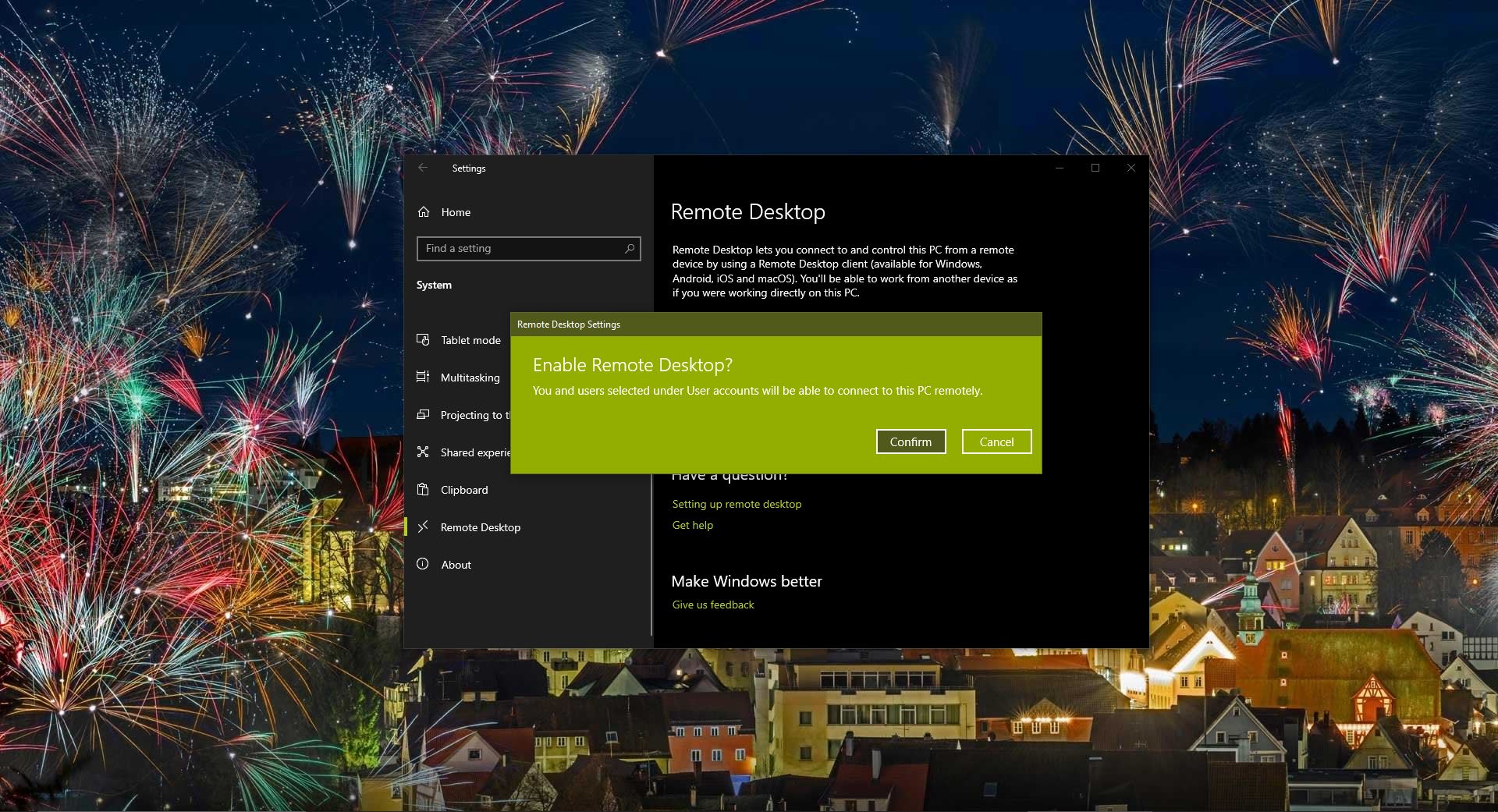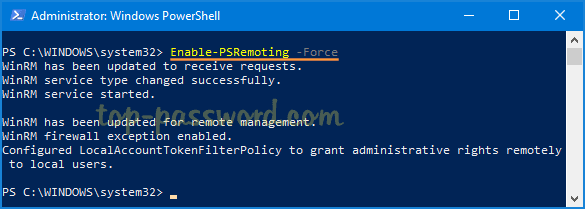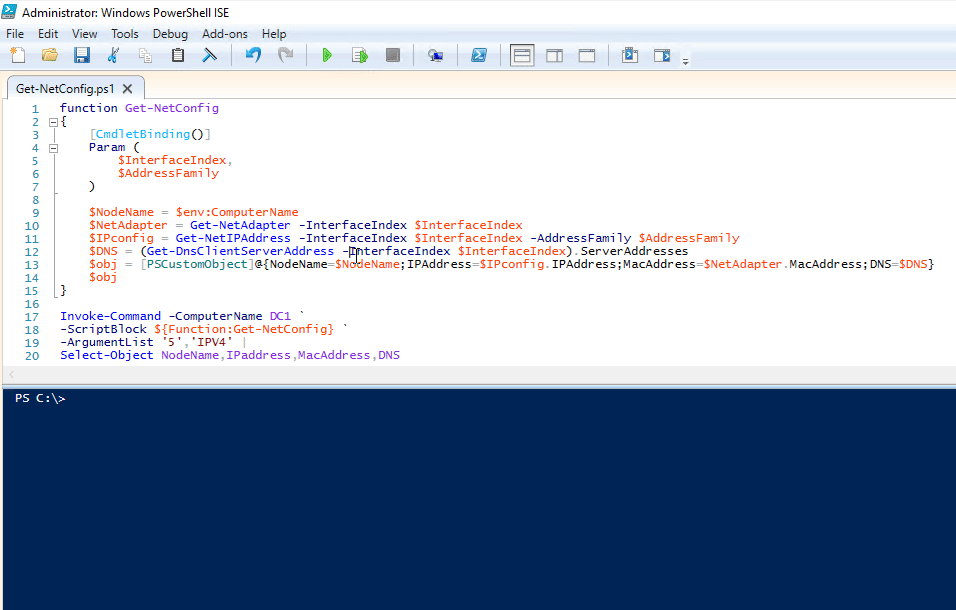

- #POWERSHELL MAC ADDRESS REMOTE COMPUTER WINDOWS 7#
- #POWERSHELL MAC ADDRESS REMOTE COMPUTER SERIES#
- #POWERSHELL MAC ADDRESS REMOTE COMPUTER WINDOWS#
If one or more network adapters in a computer are set to public (as an alternative to work or domain), you must use the – SkipNetworkProfileCheck parameter for the Enable-PSremotingcmdlet to succeed.
#POWERSHELL MAC ADDRESS REMOTE COMPUTER WINDOWS#
Creates an exception in the Windows Firewall for incoming TCP traffic on port 5985.Creates an HTTP listener on port 5985 for all local IP addresses.Registers the default endpoints (session configurations) for use by Windows PowerShell.Sets the WinRM service to start automatically and restart it.Running the Enable-PSremoting cmdlet makes the following changes to the computer: To manually enable remoting, run the Enable-PSremoting cmdlet as shown below: However, keep in mind that remoting must be enabled only on computers that you will connect to no configuration is needed on the computer from which you are sending the commands. You may need to enable remoting on Windows clients, older Windows Server operating systems, or Windows Server 2012 if it has been disabled. Enabling PowerShell Remoting on a Local Computer These numerous communication protocols demand additional configuration on the firewall to allow those PowerShell commands to be executed across the network. For instance, some cmdlets use the RPC protocol, others depend on the remote registry service. While this article concentrates on the remoting feature of Windows PowerShell, it is worth noting that there are other remote connectivity protocols that are also used by specific PowerShell cmdlets.


PowerShell will then pass the results to WinRM, and WinRM handles the transmission of that data back to the computer that originated the commands. When traffic is directed to an endpoint, WinRM starts the PowerShell engine, hands off the incoming traffic, and waits for PowerShell to complete its task. These endpoints are also known as session configurations. Incoming traffic specifies the intended destination or endpoint. Each listener accepts incoming traffic through either HTTP or HTTPS listeners can be bound to one or multiple IP addresses. Once enabled, remoting registers at least one listener.
#POWERSHELL MAC ADDRESS REMOTE COMPUTER WINDOWS 7#
On client operating systems, such as Windows 7 or Windows 8, remoting is not enabled by default. Remoting is enabled by default on Windows Server 2012 and it is required by the server manager console to communicate with other Windows servers, and even to connect to the local computer where the console is running. This is much friendlier to network firewalls when compared to other legacy communication protocols such as the distributed component object model (DCOM) and remote procedure call (RPC), which use numerous ports and dynamic port mappings. The Windows Remote Management (WinRM) service is the Microsoft implementation of WS-Management, WinRM is at the heart of Windows PowerShell remoting but this service can also be used by other non-PowerShell applications.īy default, WS-Man and PowerShell remoting use port 59 for connections over HTTP and HTTPS, respectively. WS-Management is a distributed management task force (DMTF) open standard that depends on HTTP (or HTTPS) protocol. Windows PowerShell remoting relies on the web services managements (WS-Man) protocol. The commands do not have to be available on the computer that originates the connection it is enough if just the remote computers are able to execute the commands. Windows PowerShell remoting provides a method to transmit any command to a remote computer for local execution. There will be demonstrations to highlight how remoting works by getting information, creating objects, changing settings, and assigning user permissions to a group of computers remotely.

Now we will examine the remoting features in PowerShell 4.0 and explore the protocols, services, and configurations needed for remoting to function.
#POWERSHELL MAC ADDRESS REMOTE COMPUTER SERIES#
The previous article in this series explored Active Directory Domain Services management with PowerShell.


 0 kommentar(er)
0 kommentar(er)
